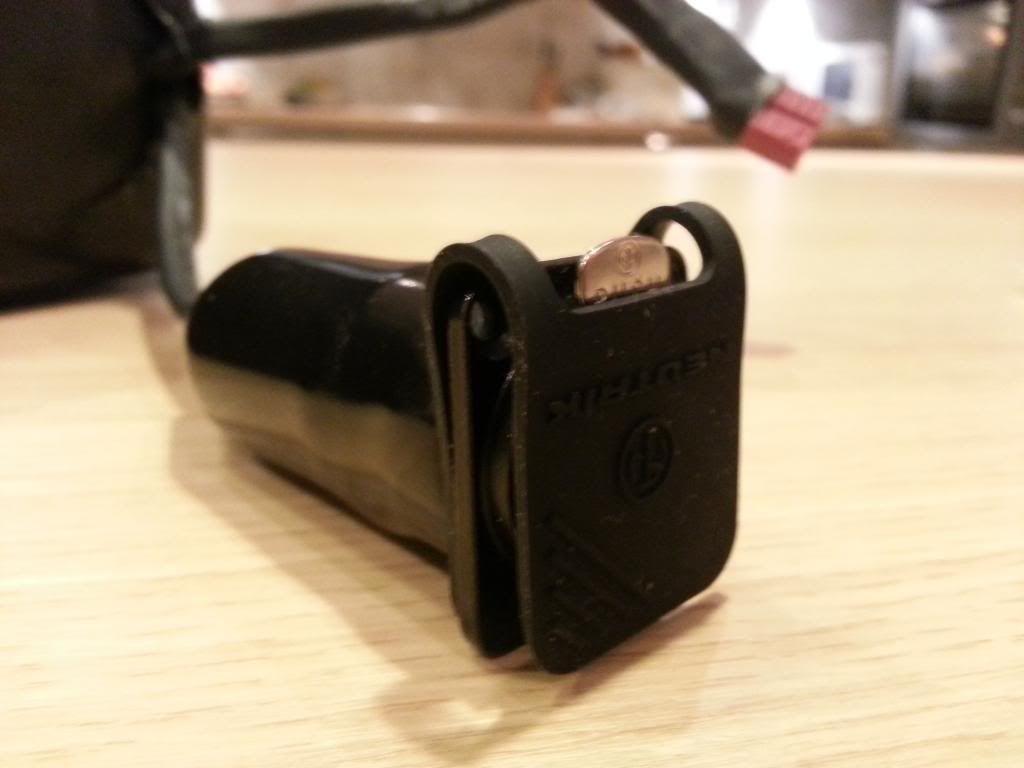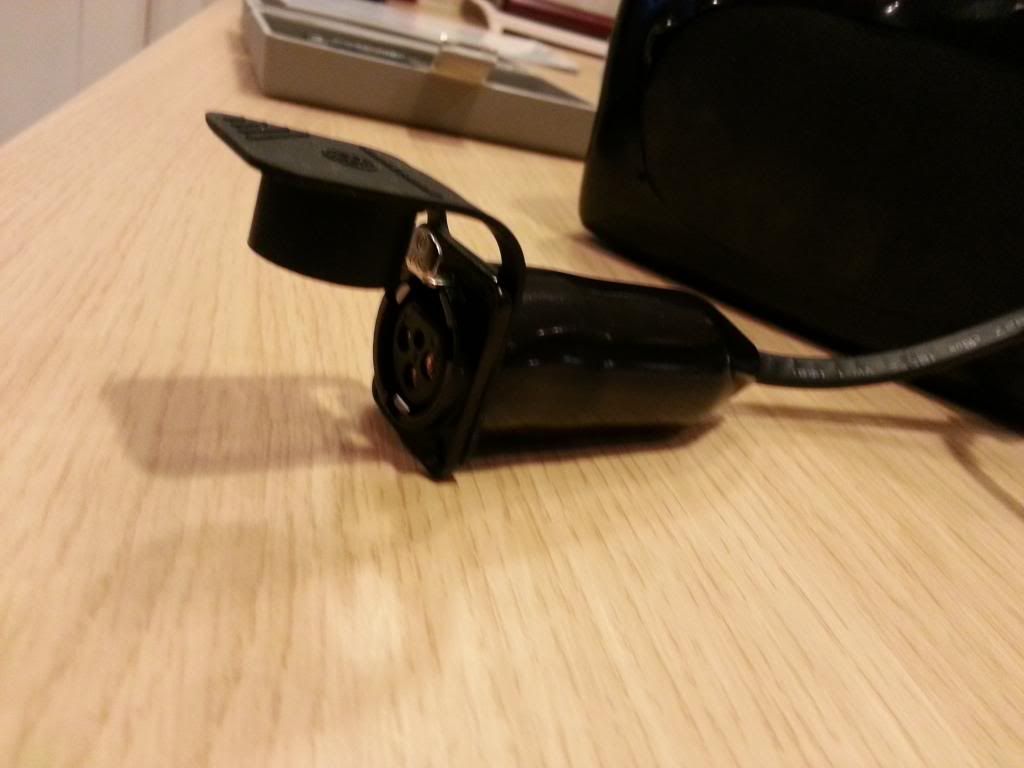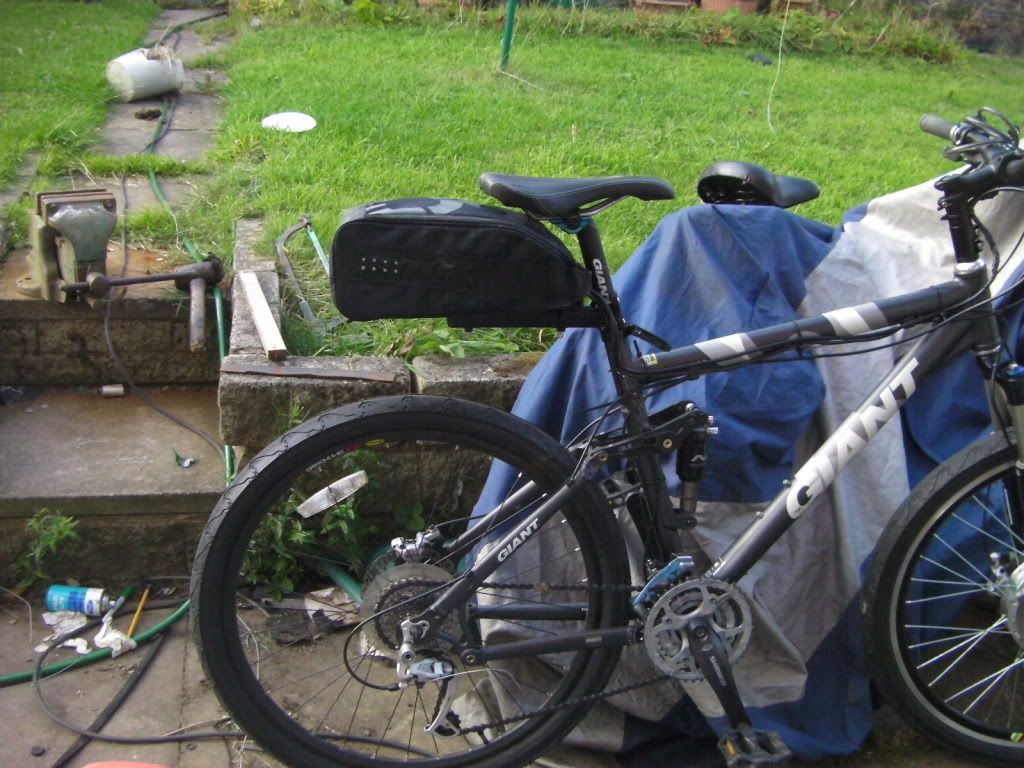That's rotten luck. We always think of waterproofing against rain coming down, but the biggest risk is water splashing up from puddles when the rain's stopped ! It's the same with trying to keep your feet dry. It's very helpful feedback though and thanks - I'm now going to site my controller in the front of the triangle near the handlebars where it's higher and well away from any drainage holes, rather than down low under the battery near the lowest point. It always niggled in the back of my mind that it would be risky to put it there.No, water got into the battery case & shorted the bottom cells. I had mounted the battery low down on the front of the diagonal, on the bouncer, and water must have splashed up from puddles. It wasn't even a wet day, but there you go.
I now have a frog right up tight under the saddle. (It gets wet down here, too)
I can shield the battery completely with its supporting baton inside the box, feed the waterproofed charging socket through a hole in the baton to its position on the box edge below and stuff plastic in the hole to keep the battery completely dry from any risk of water splashing up. Box internal design definitely taking shape now with that info !
I know - it caused me no end of head scratching when I first received it as it's so restrictive in terms of how far the controller can be from the battery. It works out fine on a triangle box though - just means you need to orient the battery towards the socket outlet and have that close, and you can make your controller lead any length you like. That's one of the main reasons why I changed the kettle plugs to Deans on the battery / controller interface, in order to make it easier to take the connection off to the controller without a huge kettle plug to accommodate.I wish the battery manufacturers in China would put longer leads on their batteries!! It's crazy they put like 5-10cm of cable and a big kettle connector eh!
Thanks. My battery arrived about 3-4 weeks ago along with the rest of the parts. It's a 36v 20Ah and is rather large ! I think the chargers are all in the same housing but there are red dots on the label indicating which voltage battery they are for and what Amps correspond viz charging speed. If you have a 36v battery from them it'll most likely be the same charger I guess.Very neat job! You have the exact same charger and battery as meIs that a 10ah?
Last edited:









